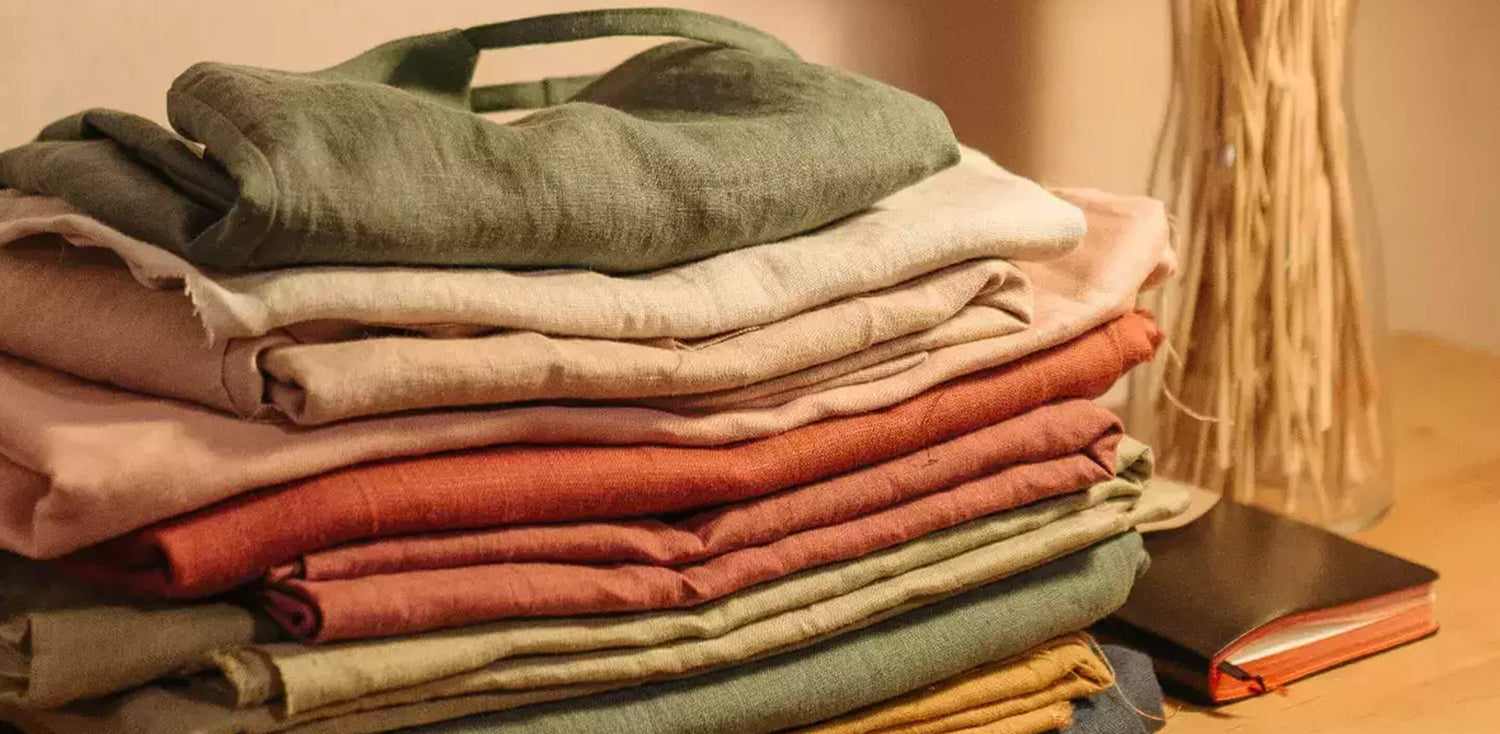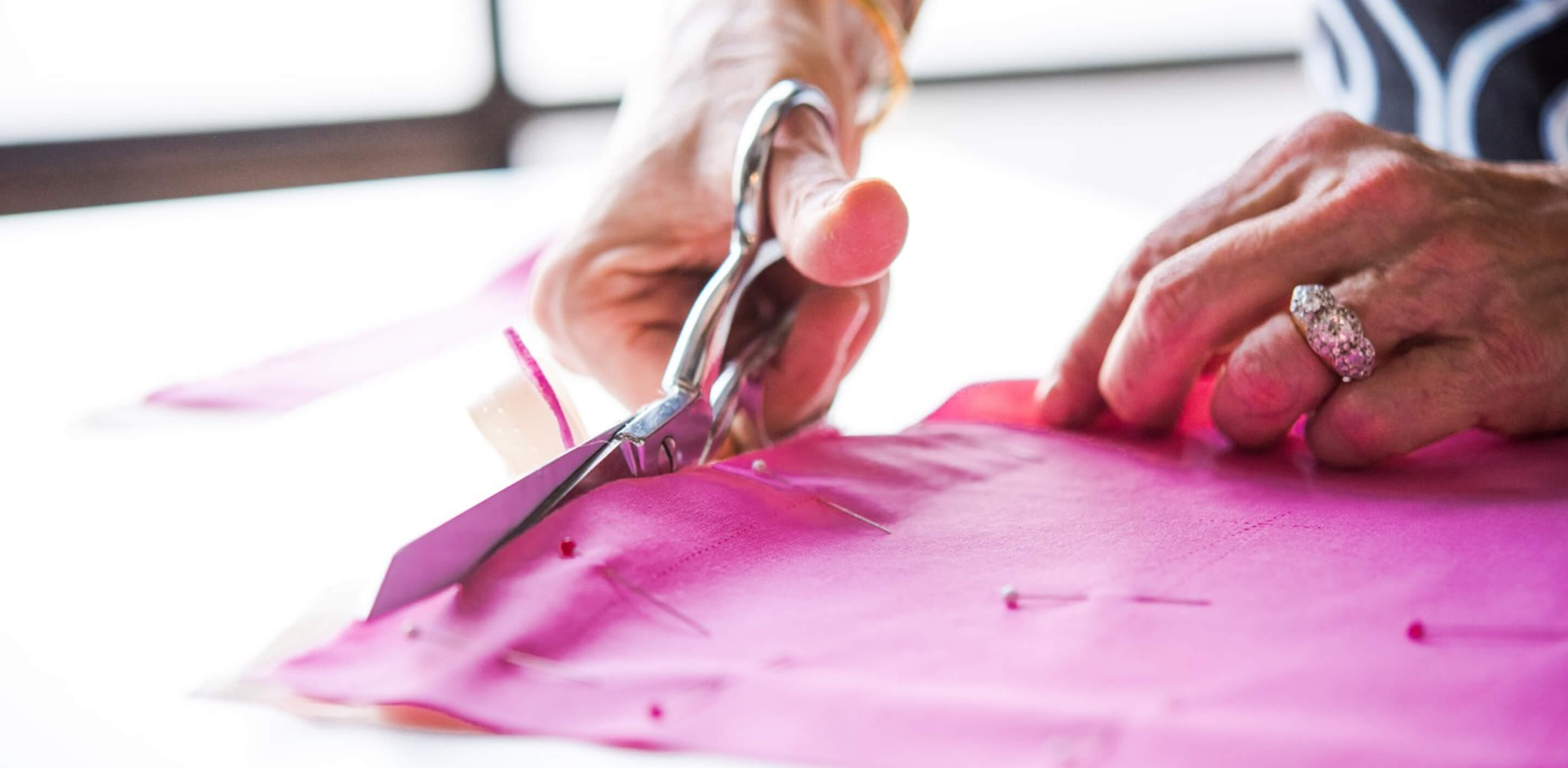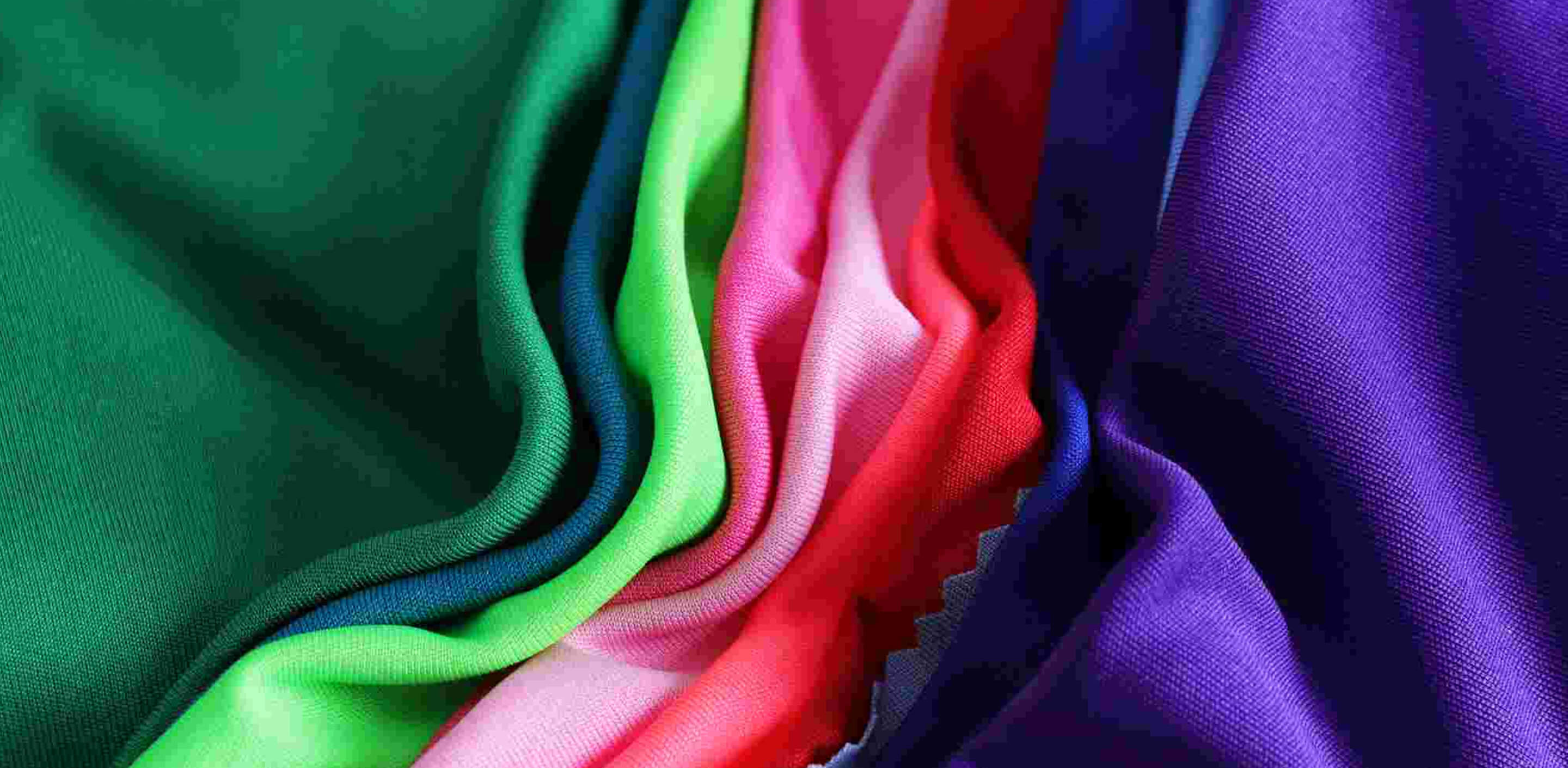Mastering fabric may be vital, whether you're attempting to make new garments or find out how to clean your filthy ones. This is particularly the case if you wish to properly care for a fine piece of textile so that it lasts longer. Different fabric kinds have unique characteristics that might have a big impact on how you care for your clothes. And this is what derives fabric sourcing demand. For instance, the fiber composition of one fabric will have a completely different impact on how to clean the clothing than the fiber content of another fabric.
Let's examine the various types of fabrics to clear up some of the misunderstanding and get a better grasp of the textile world.
Various types of fabrics
First of all, a "fabric" is a substance created by weaving strands together. A fabric is often named after the fiber that was used to create it; some textiles may even have a combination of many distinct fibers. The fabric is then given a name based on the fiber(s) it was made of, its pattern and texture, and the manufacturing method utilized. Some textiles take the origin of the fibers into account.
As a result, there are really two groups of classifications that first distinguish between the various forms of fabric: the types of fibers used (natural vs. synthetic) and the methods of manufacture (woven vs. knitted).
Natural and synthetic
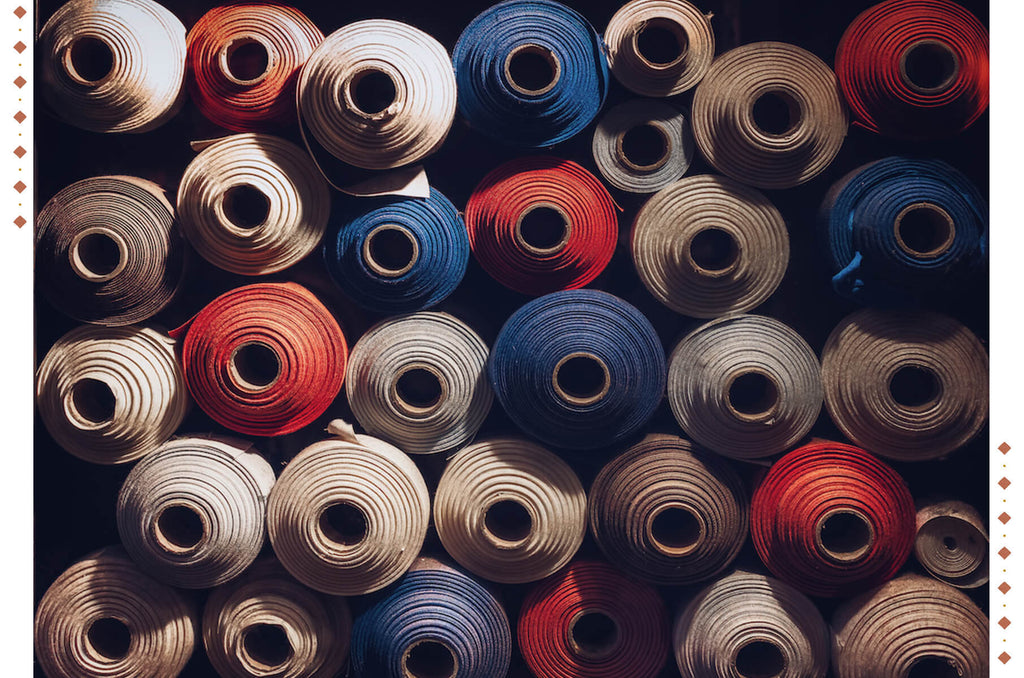
Depending on the kind of fiber used, textiles can have a variety of initial differences in detail. The two categories are natural and manmade.
Animals & plants both provide natural fibers. As an illustration, silkworms produce silk whereas plants produce cotton.
On the contrary hand, man-made synthetic material only makes up synthetic fibers.
Woven and knitted
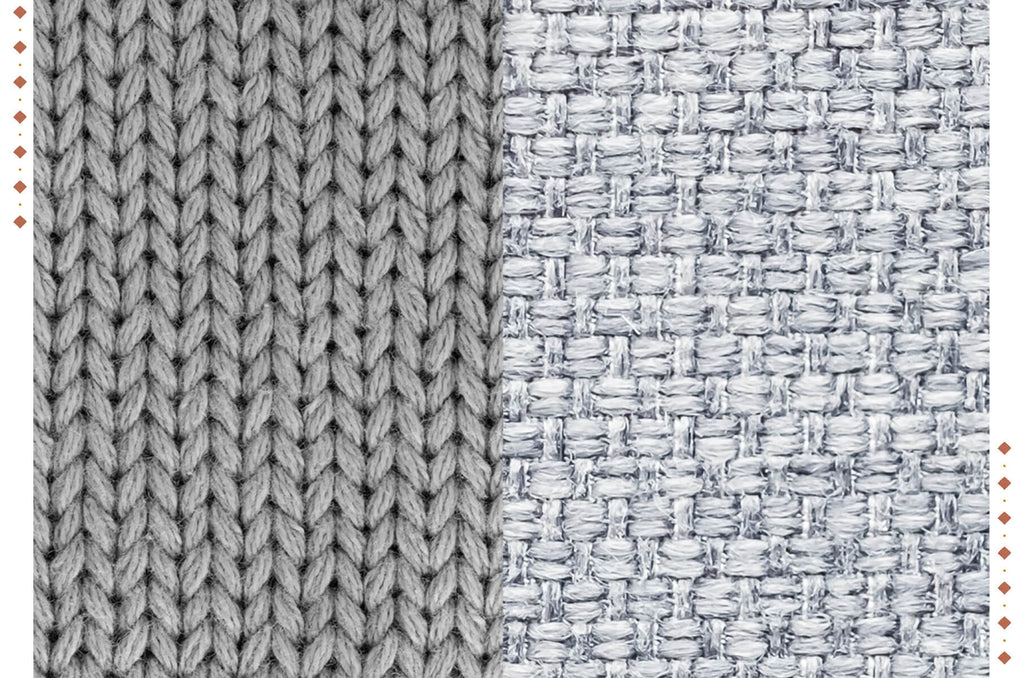
The production method employed is the second unique detail. Weaved and knitted are the two different kinds.
Two components of yarn are intertwined horizontally & vertically on such a loom to create woven textiles. The material doesn't move because the yarn flows at a 45-degree angle, making it tauter and more durable than knit materials. A weft (when the yarn spans the cloth's breadth) and a warp make up the fabric when the yarn goes down the length of the loom.
The three different weave kinds are twill, satin, or plain weave. Chiffon, crepe, denim, linen, satin, & silk are a few examples of common woven materials.
Consider hand-knit scarves as an example of a knit material; the yarn is woven into a pattern of interlocking loops that enables the cloth to stretch considerably. Knit materials are renowned for their elasticity and form retention.
Warp-knitted & weft-knitted fabrics are the two varieties of woven fabrics. Lace, lycra, and mesh are a few instances of common knit materials.
Let's now examine the various fabric kinds.
Chiffon

Chiffon is a sheer, thin, plain-woven material with a somewhat rough texture that is manufactured from twisting yarn. Typically, rayon, polyester, nylon, or silk are used to make the yarn.
Chiffon may be readily coloured and is commonly seen in wraps, blouses and costumes, especially bridal gowns and prom outfits, due to its lighter, flowing texture.
Cotton

Cotton is one of most soft, natural looking fabrics that is regarded as the most widely used textile in the world. Ginning is the technique used to separate the fluffy fiber from cotton plant seeds. After that, the fiber is spun into fabric, which can then be knit or weaved.
The comfort, adaptability, and durability of this cloth are commended. It breathes nicely and is hypoallergenic, however it takes a while to dry. Shirts, dresses, and undergarments are all common examples of apparel that contains cotton. It may, nonetheless, crease and contract.
Chino, chintz, gingham, and muslin are just a few of the various fabric kinds that cotton may produce.
Crepe
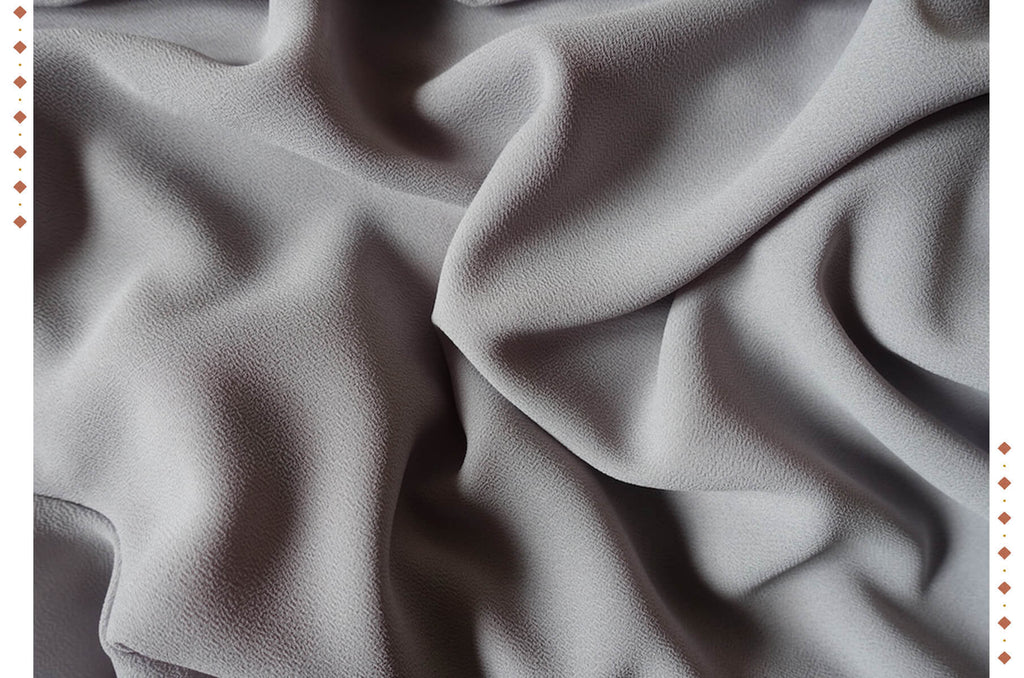
Delicate, tangled plain-woven crepe has a lumpy, uneven surface and doesn't crease. It is a flexible fabric that is frequently produced from cotton, silk, wool, or synthetic fibers. As a result, crepe is frequently referred to by the name of its material, such as crepe silk or crepe chiffon.
Due to its softness, convenience, and ease of usage, crepe is frequently one of most demanded wholesale fabrics used to make suits and dresses. For instance, the crepe fabric known as georgette is frequently used in fashionable clothing. Additionally, blouses, slacks, scarves, shirts, and skirts are made of crepe.
Denim
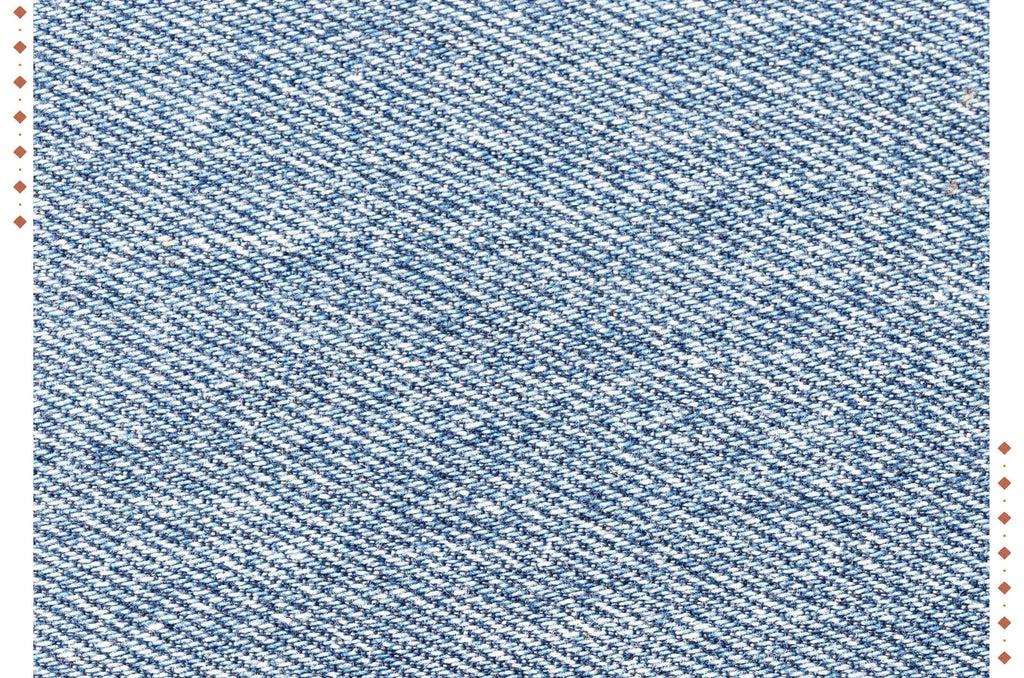
Denim is a different sort of cloth. A cotton twill material called denim is created by weaving white cotton filling yarn and cotton wrapping yarn together. It is frequently praised for its colorful texture, durability, convenience, and endurance.
Blue jeans apparel are often made of denim that has been indigo-dyed, although it may also be used to make jackets and outfits.
Synthetic fabric
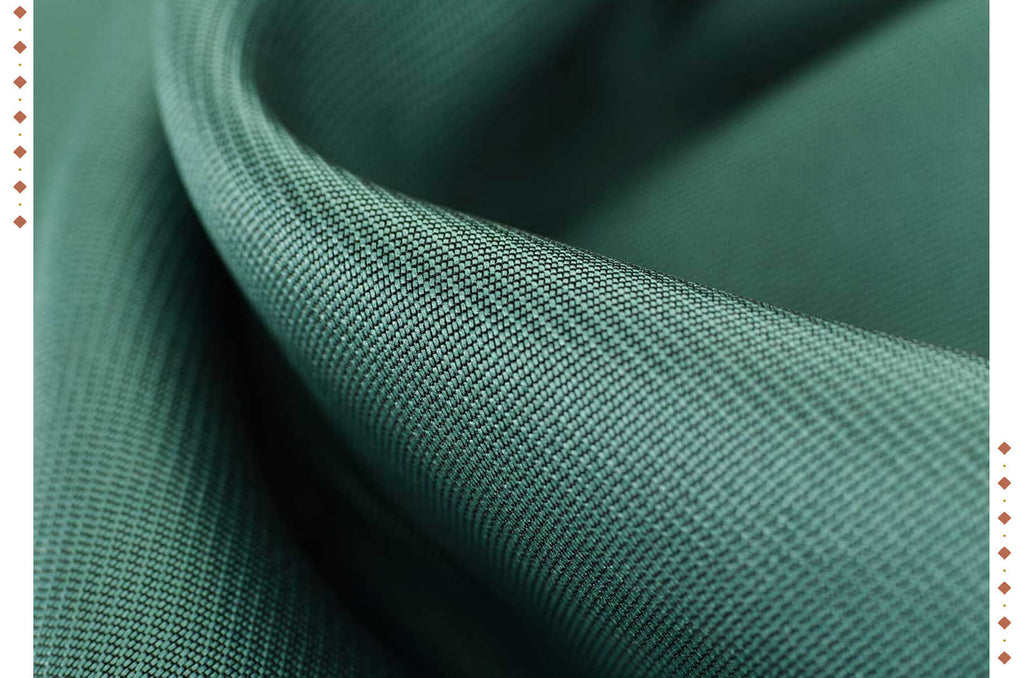
In contrast to the other materials on this list, synthetics include spandex, nylon, and polyester. With delicate textiles, synthetic fibers don't shrink and often withstand water-based stains.
We also happen to be a magnet for suggestions, and would love to catch yours….throw us yours on hello@fabriclore.com


